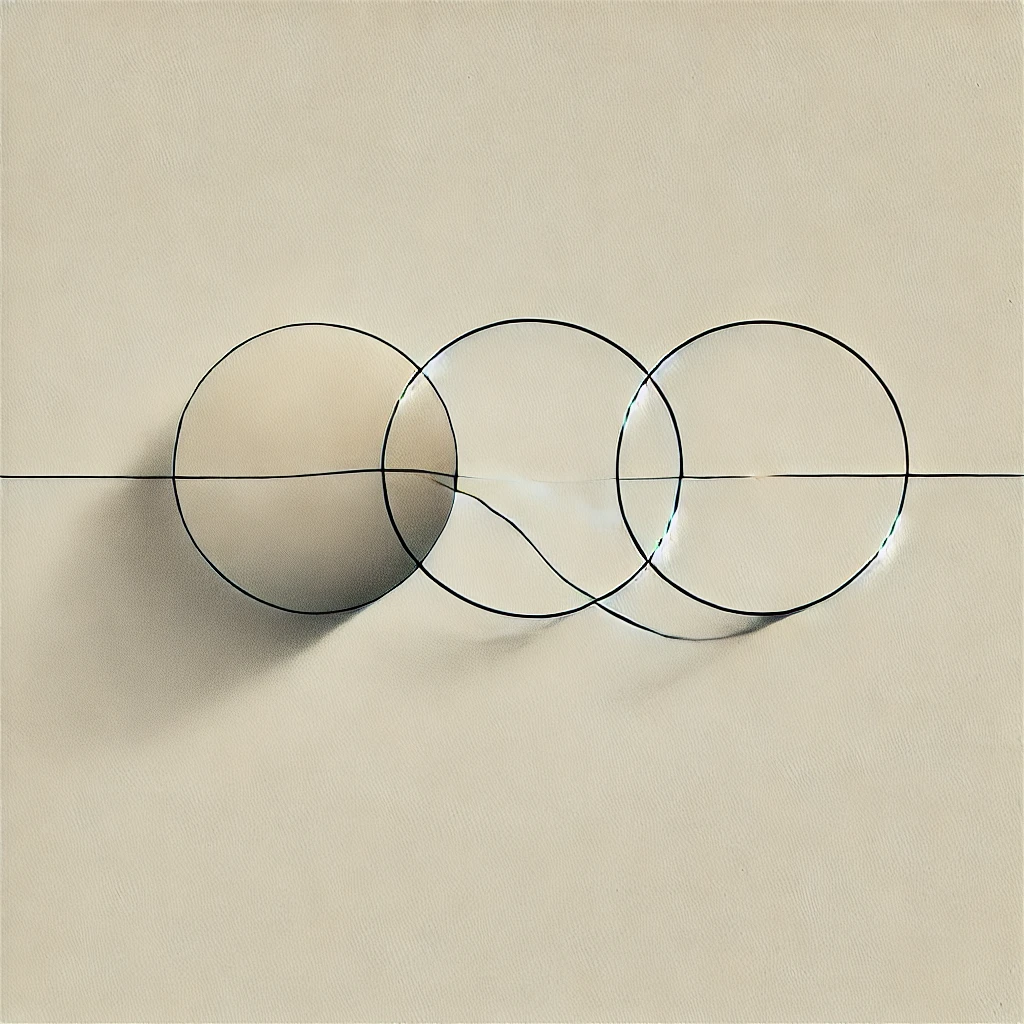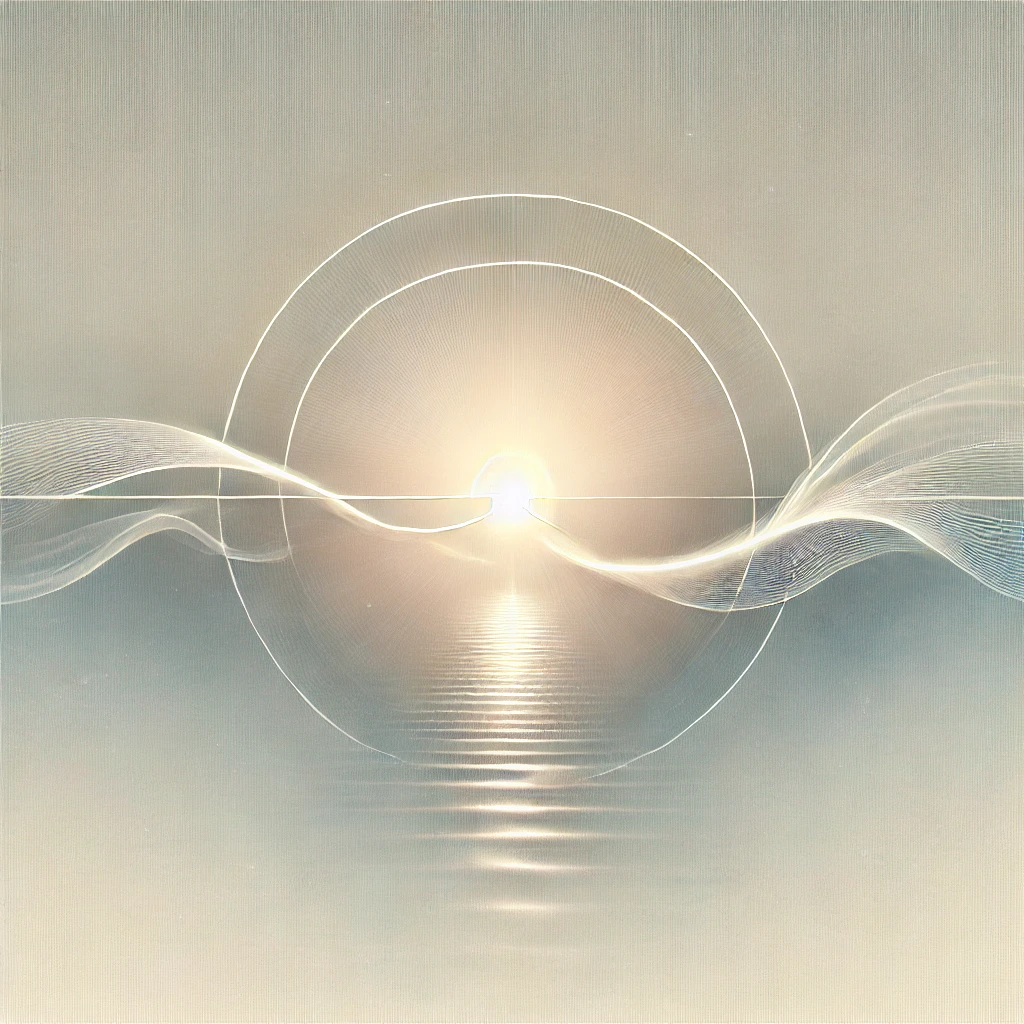
ChatGPT:
Past, Present, and Future: A Cross-Disciplinary Wrestling Match
Time has always been the most familiar stranger in human life. Everyone experiences the past, present, and future, but no one quite agrees on what those words mean. Literature treats them as themes, philosophy as paradoxes, physics as coordinates, neuroscience as hallucinations, and psychology as mental states. The result is a mosaic that reveals less about time itself and more about the endless ways humans try to domesticate it.
Literature: The Past That Refuses to Stay Past
Let’s begin with the poets, since they tend to make the mess sound beautiful. Henry Wadsworth Longfellow, in his novel Kavanagh, writes: “The past is not dead. It is not even past.” That line has the elegant cruelty of truth. It reminds us that the past doesn’t vanish—it lingers, shaping memory, culture, and identity. Every present moment is built on the rubble of what came before.
Literature often dramatizes this entanglement. Ghosts, whether literal or metaphorical, are simply the past intruding on the present. In narrative form, the “now” is always haunted. Stories themselves mimic time’s structure: a beginning already colored by an ending, a present shaped by foreshadowing. To read, or to write, is to inhabit all three dimensions at once.
Einstein’s aphorism—“Learn from yesterday, live for today, hope for tomorrow. The important thing is not to stop questioning.”—sits closer to the motivational poster end of literature, but it too insists on balance. Past, present, and future are not silos; they are threads woven together by questioning, by curiosity. Literature says: time is lived as story, and the past never leaves the page.
Philosophy: Haunted Houses with Clocks
Philosophy, predictably, turns time into a swamp of paradox. Augustine agonized over it in his Confessions, noting that the past and future don’t technically exist: the past is memory, the future is expectation, and only the present is “real”—and yet, the present itself slips away in an instant. Heidegger later reframed human existence (Dasein) as fundamentally temporal: we are thrown from a past, always projecting into a future, never fully at home in the present.
Existential philosophy sharpens Longfellow’s insight. We don’t “have” a past, we are our past, whether we like it or not. Every decision is conditioned by what came before, and every imagined future already shapes the choices of the present. In this sense, humans are haunted houses with clocks—always dragging their past selves into each new room while peeking nervously toward what might come next.
Physics and Astronomy: The Block You’re Trapped In
Then physics comes in like a smug guest with math on their side. Classical Newtonian time was linear and absolute, ticking away like a universal metronome. Einstein ruined that certainty. In relativity, time is bound to space as spacetime, where the past, present, and future are coordinates rather than flowing states. The “block universe” interpretation suggests that every event—your first kiss, your current boredom, your last breath—already exists, laid out in the four-dimensional fabric. You don’t “move” through time; you are a worm stretched across it.
Astronomy adds another wrinkle: the light we see is always delayed. The star you admire tonight might already be dead. Thus, the cosmos proves Longfellow right—past and present are never separate. When you look at the night sky, you’re literally living inside time’s overlap: your present filled with ancient past, and your imagined future informed by telescopes peering billions of years back.
Neuroscience: Your Brain the Time Forger
Neuroscience, of course, deflates all this grandeur by reminding us that our sense of time is a neural trick. The past is not a perfect archive but a reconstruction, rebuilt from scraps every time you recall it. That means your memories are less like photographs and more like badly edited fanfiction, subtly altered with each retelling.
The present isn’t real either—at least not in the way you think. It takes your brain fractions of a second to process incoming signals, so what feels like “now” is already slightly outdated. You live a few milliseconds behind reality, a lagging participant in your own life.
And the future? That’s prediction. Your brain is constantly simulating what’s next so you don’t walk into traffic or miss a catch. In fact, smooth movement and conversation would be impossible if your brain weren’t living partly in the future. Neuroscience thus concludes: the past is a reconstruction, the present an illusion, and the future a simulation—three hallucinations held together by the fragile glue of consciousness.
Psychology: The Human Tripod
Psychology, being less brutal than neuroscience, interprets past, present, and future as functions of the psyche. The past is memory, shaping identity and behavior through narrative. The present is attention, the spotlight of awareness that can wander toward regrets or anxieties. The future is anticipation, shaping motivation and meaning. Human beings oscillate constantly among the three, often losing balance—rumination traps us in the past, anxiety chains us to the future, and mindfulness attempts to steady us in the present.
For psychology, time is less about physics or philosophy and more about survival. A coherent identity requires some stable relation to memory; effective action requires some focus on the now; and hope requires the ability to project forward. Distort any one of these, and suffering follows.
A Synthesis: Living in the Flipbook
So what do we get when we jam all these perspectives together? A picture both sobering and strangely liberating.
- Literature tells us the past isn’t past, it haunts every present moment.
- Philosophy tells us existence itself is temporal: we are thrown from memory into projection.
- Physics suggests that past, present, and future already coexist in the block universe—you just happen to experience one page at a time.
- Neuroscience whispers that your sense of all three is a hallucination produced by a laggy, predictive brain.
- Psychology reframes them as memory, attention, and anticipation—the three gears of the human mind.
Combine these, and you realize: time is not a straight road you’re walking down, but a cosmic flipbook you’re trapped inside. You only ever see one page at a time, but the others exist, invisibly pressing in on your awareness. Every page is colored by memory of the last and shaped by expectation of the next.
The real trick—the existential art—is not to escape the flipbook (you can’t) but to learn how to read it. Literature teaches you to honor the past without being possessed by it. Philosophy teaches you to face your thrownness without despair. Physics humbles you with the vast, indifferent structure of spacetime. Neuroscience warns you not to trust your brain too much. Psychology offers tools to balance memory, attention, and anticipation so the tripod doesn’t collapse.
Conclusion: The Only Time Is Borrowed Time
The past, present, and future are less like three separate boxes and more like three overlapping masks. We never inhabit one without carrying traces of the others. The past bleeds forward, the future pulls us ahead, and the present flickers somewhere in between—a spotlight that never stays still.
So when Longfellow insists the past isn’t even past, or Einstein tells us to learn, live, and hope, they are both describing the same uncomfortable truth: time is not something we move through, but something that moves through us. Whether it is a story, a block, a hallucination, or a tripod, it defines us completely.
To live, then, is to dwell inside time’s paradox—to be a creature always remembering, always anticipating, never quite here. A haunted archive, a nervous prediction machine, a worm in spacetime—call it what you like. The one thing it isn’t is simple.

